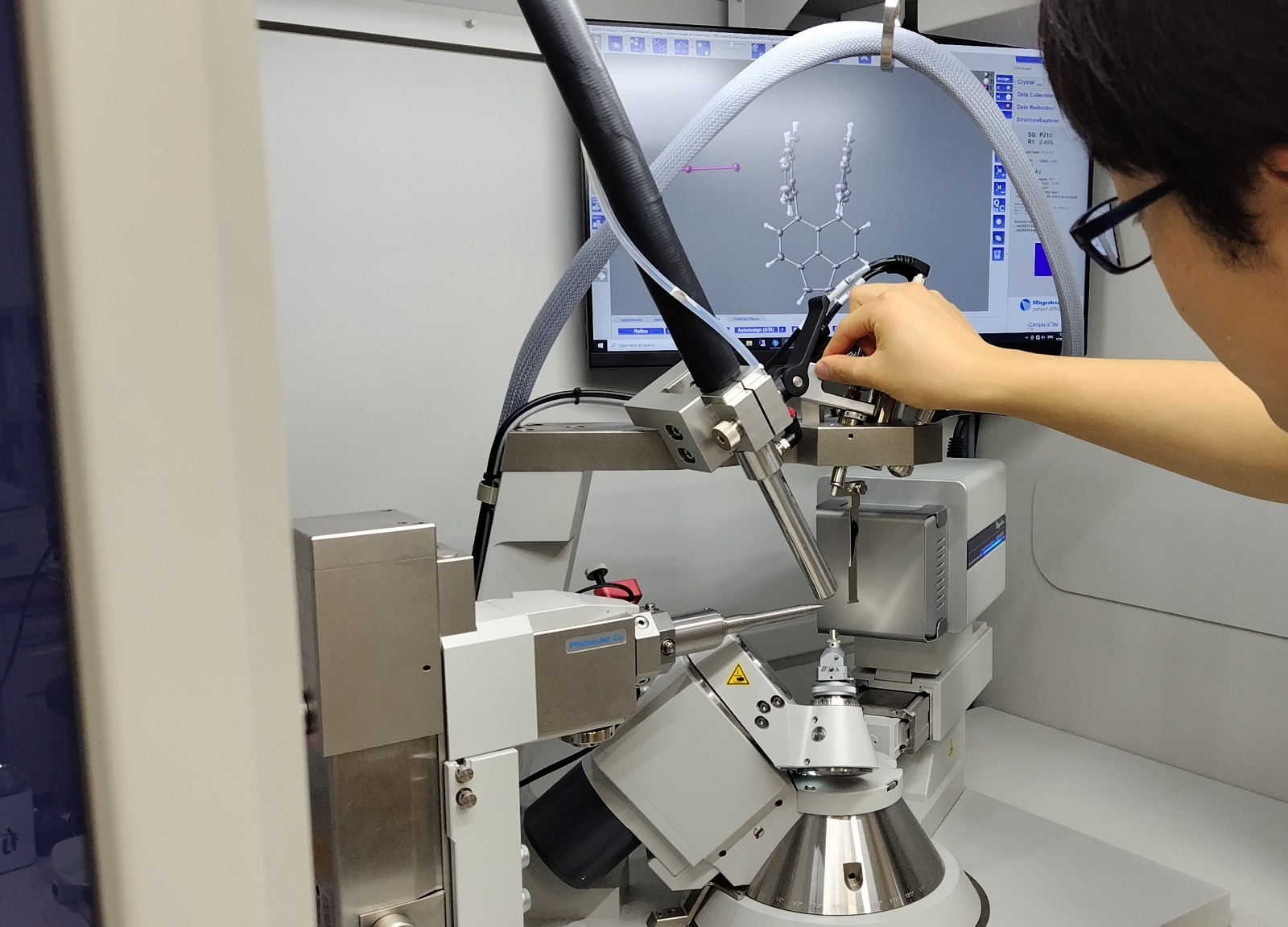The results presented today by the ATLAS and CMS experiments at CERN are a step forward of extraordinary importance for our understanding of the Universe. The discovery of the Higgs boson is the culmination of a search that has been going on for more than four decades in order to demonstrate the validity of the theory known as Standard Model of particle physics. This theory fits in the path of a great and powerful unified framework of the fundamental forces existing in nature, and is the crowning of a journey that commenced with the unification of the Earth and planetary motions in Newton's Universal Gravitation, and then continued with the unification of electric and magnetic forces in Maxwell's Electromagnetism. The Higgs boson in the Standard Model allows us to justify the existence and dynamics of the fundamental constituents of matter; thanks to its discovery we have taken a giant step in our understanding of the broad geometric principles of Symmetry that govern the Universe dynamics.
The evidence of the Higgs boson existence becomes the starting point of a new and exciting adventure and presents us with some of the deepest questions of physics. It is a quest for truth still shrouded in the mists that surround a wide range of energy scales, from that which we can probe with our particle accelerators, of which the LHC is the most powerful example and pride of European technology, to that of the Planck scale (ten trillion times higher) which is probably the extreme limit of knowledge.
Experiments such as ATLAS and CMS are the result of large international collaborations , which chose CERN to perform these studies at the frontier of knowledge and technology. The Italian contribution to these experiments, in terms of personnel at the accelerator and direction of CERN, is important and highly qualified ( Fabiola Gianotti ATLAS spokesperson, Guido Tonelli CMS spokesman emeritus, Sergio Bertolucci Director of Laboratory Research) and the contribution of the National Institute of Nuclear Physics was decisive in the construction and implementation of key parts of the detectors.
This discovery is also the result of the Excellence of Italian research in this field and the enthusiastic contribution of many young researchers throughout the various stages of this endeavour. The leading edge technologies used in LHC experiments have been, are and will be the starting point for constructing innovative equipment such as the Positron Emission Tomography (PET) and the high field magnetic resonance imaging, thus contributing to build a better society, as strongly urged and desired by the European Community. The other important element of union between basic science and its applications, the technology transfer to industry , is fully implemented in the physics adventure at the LHC, where Italy played a major role. The leading edge technology used in the accelerator and the experimental apparatus required a great competitive effort by our industry which managed to win many of the CERN contracts for the LHC and, spurred to operate in an environment of advanced technology, significantly increased the industrial competitiveness of our country.



